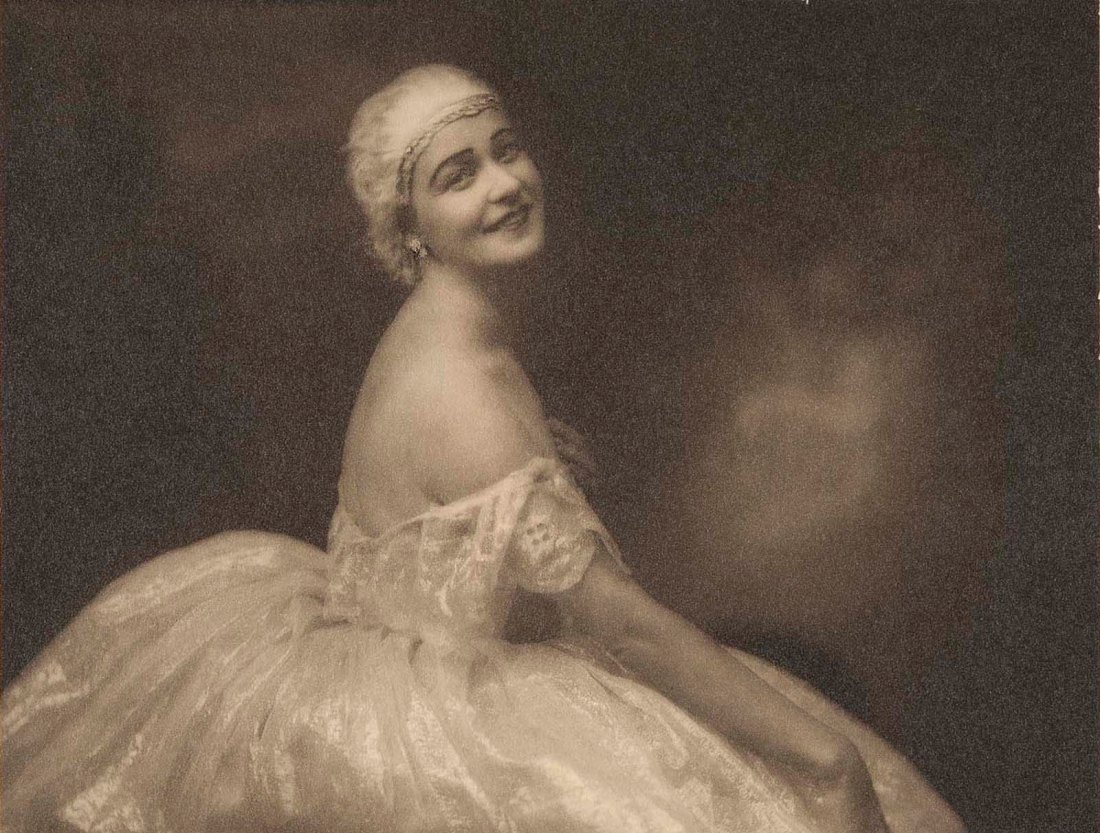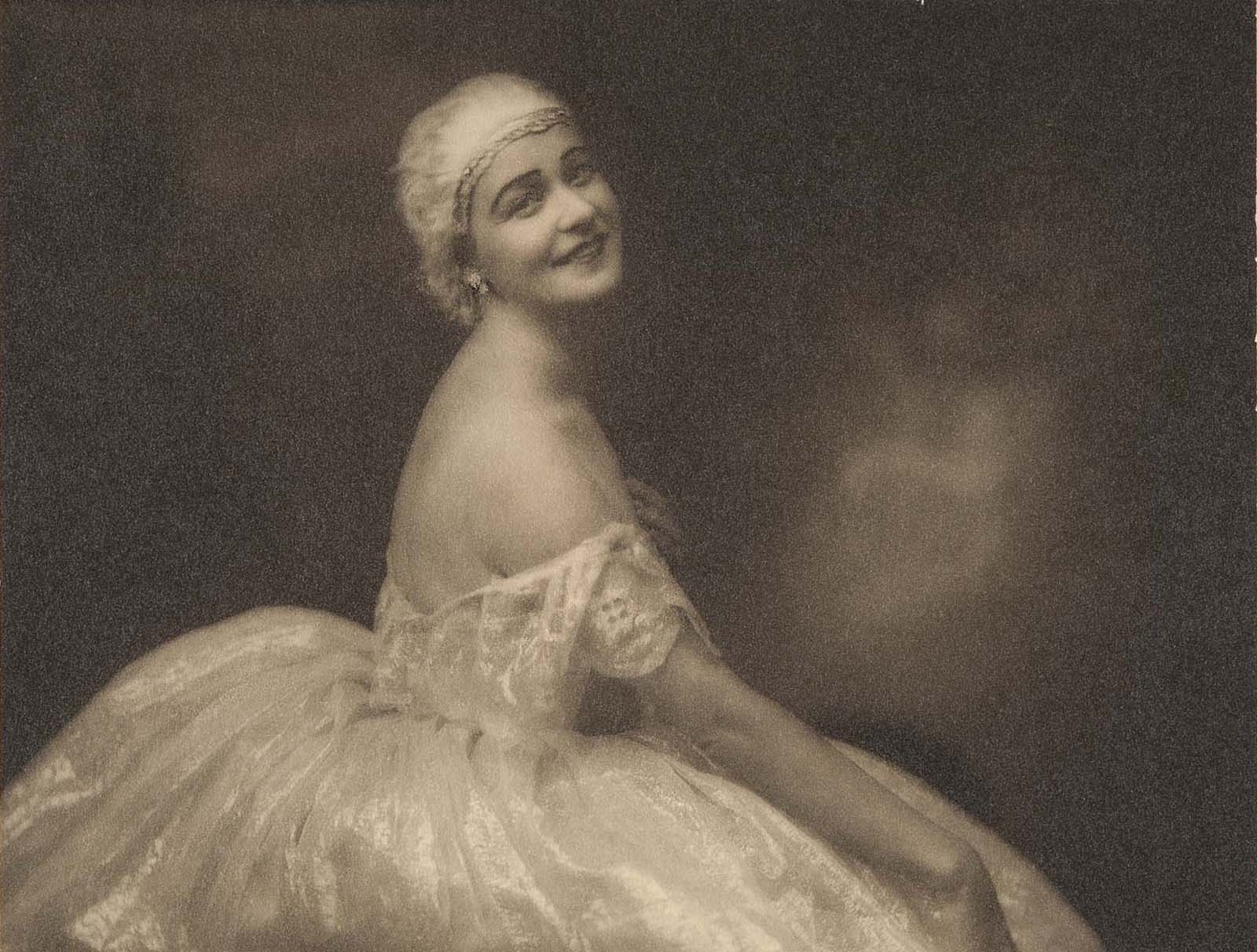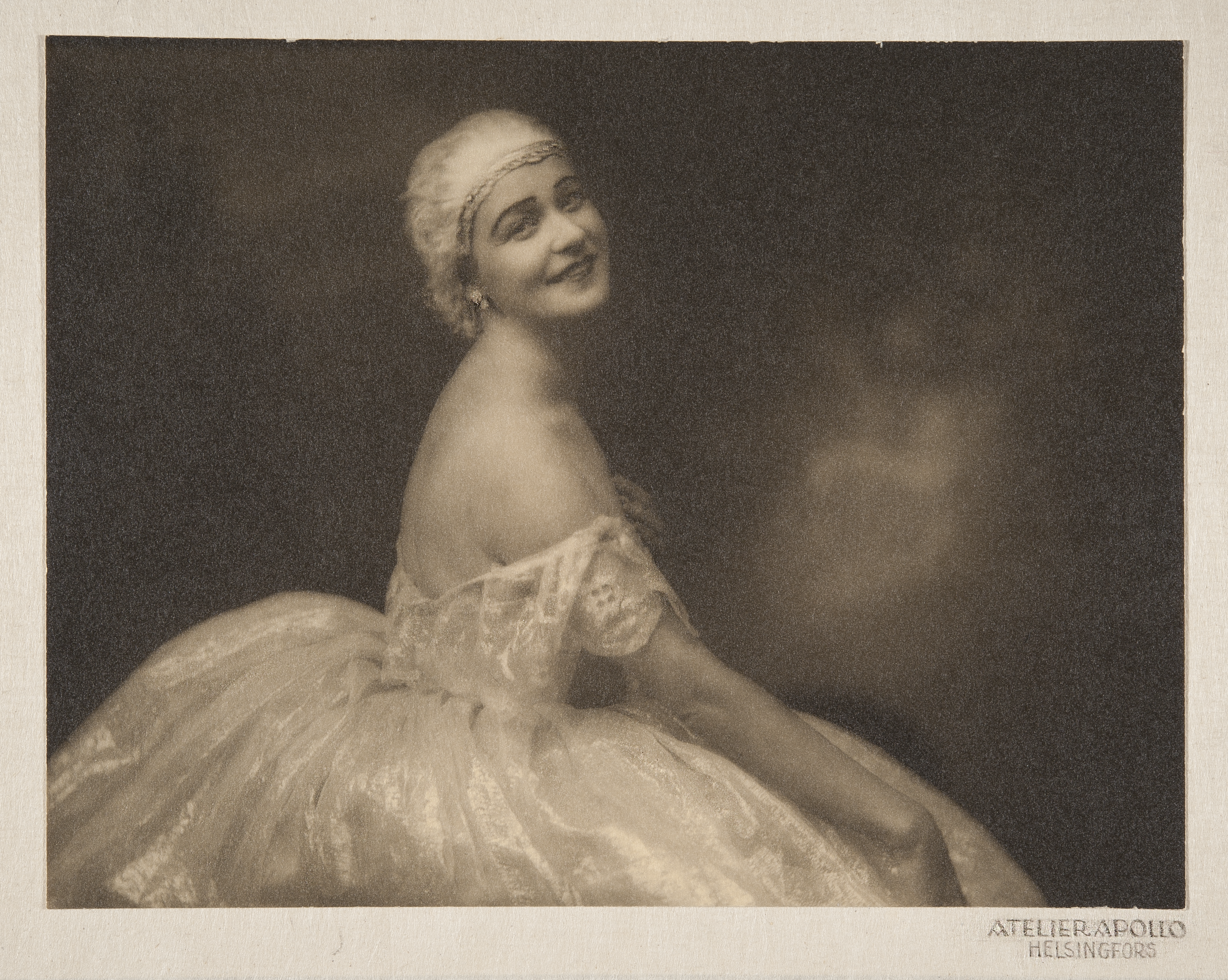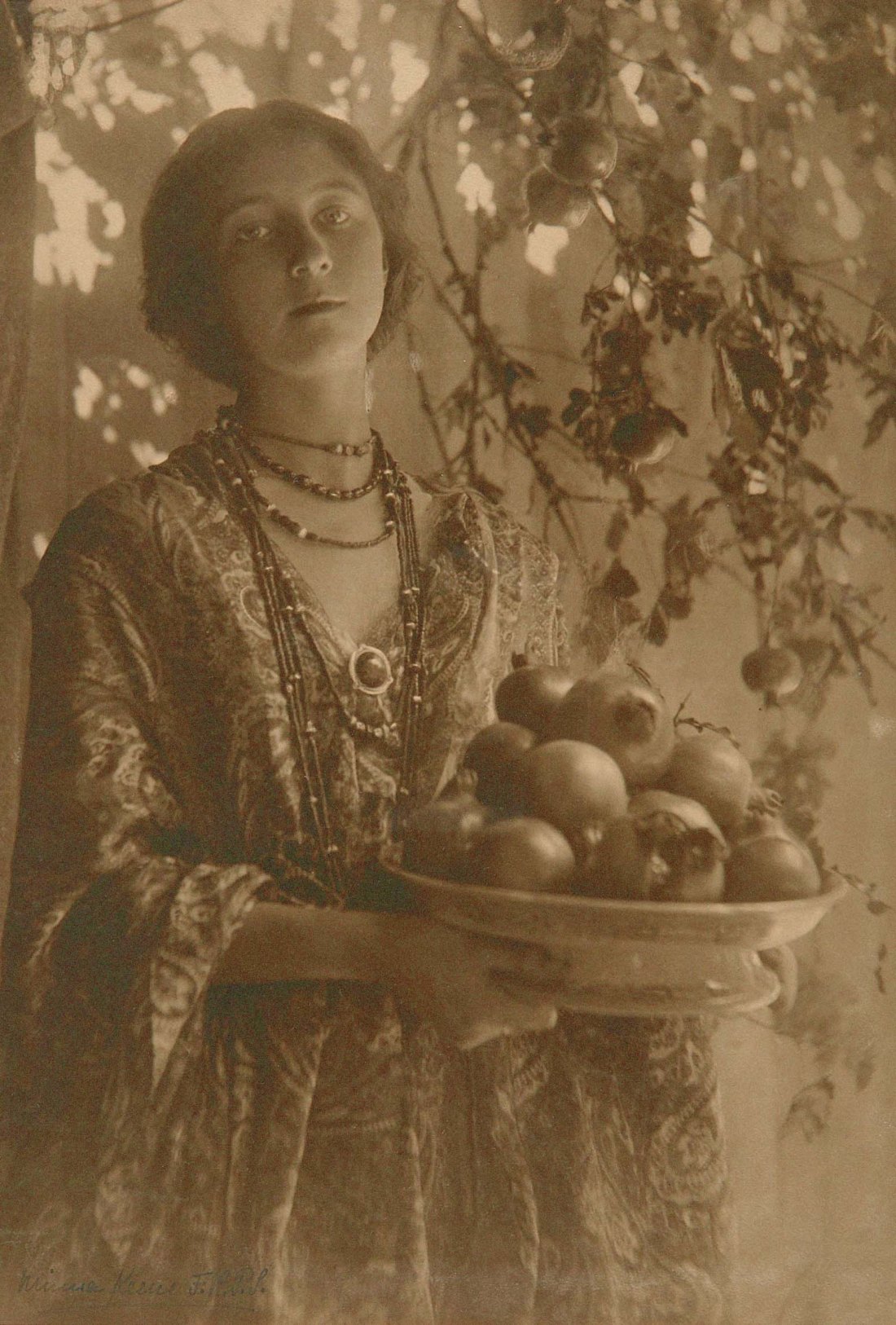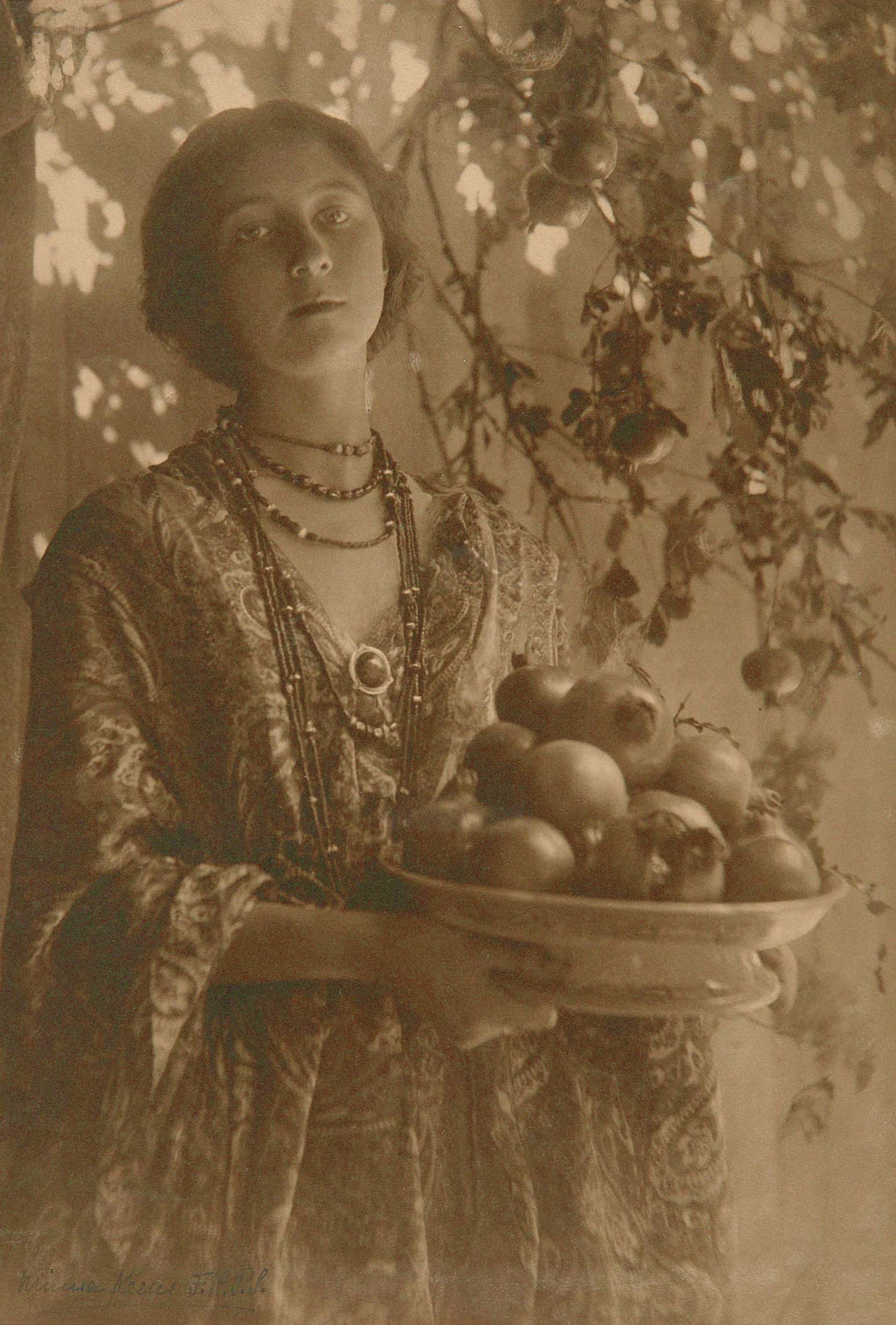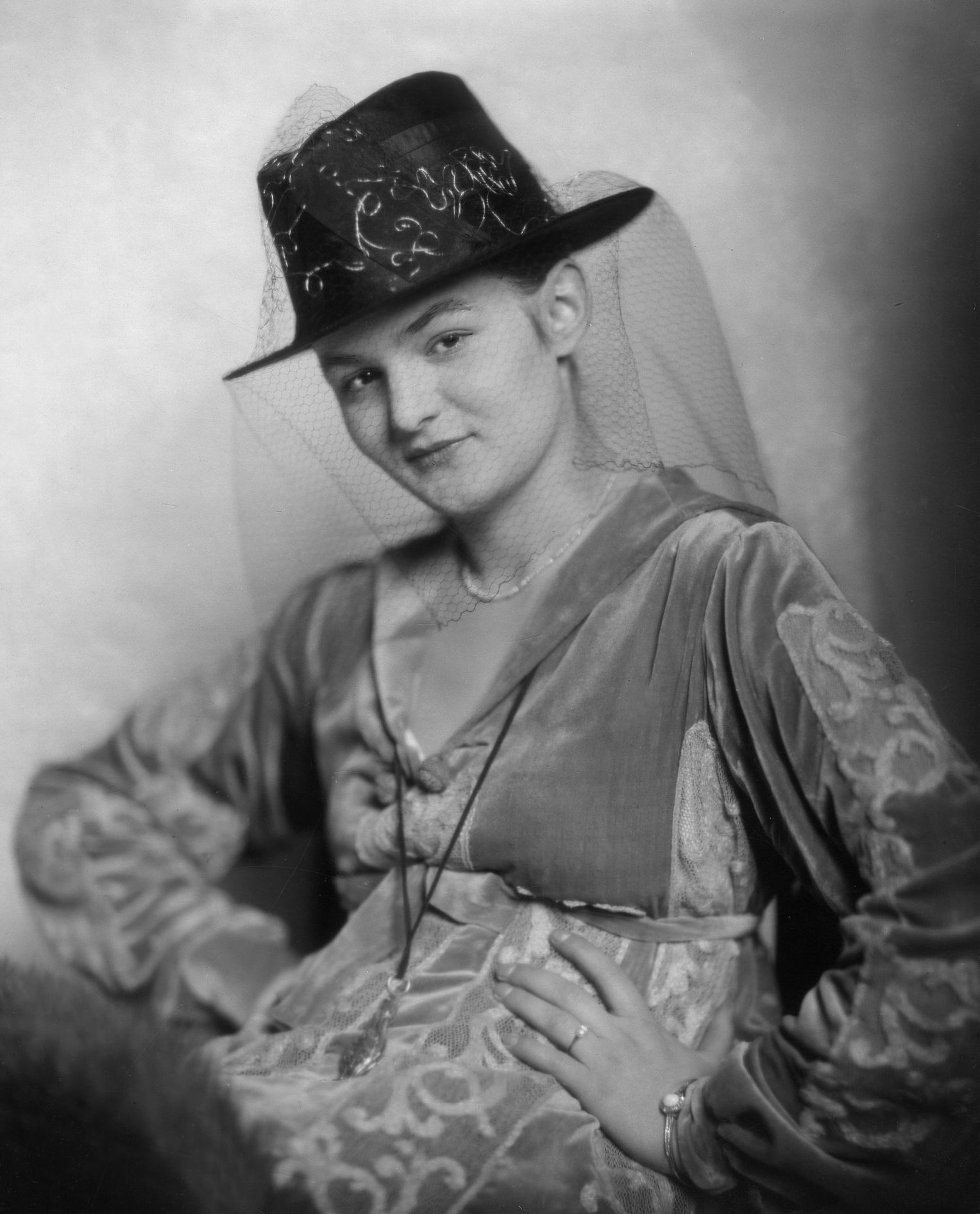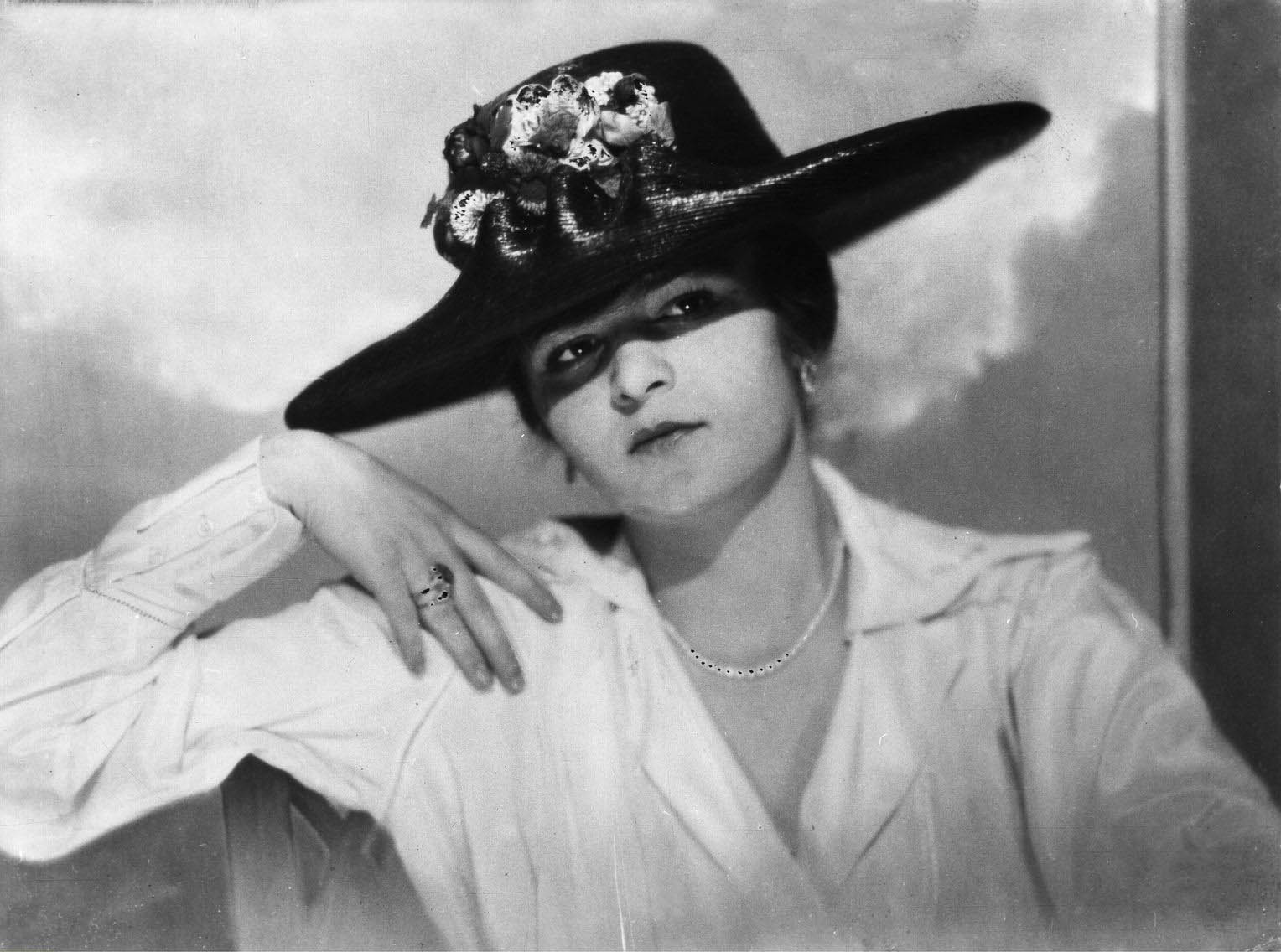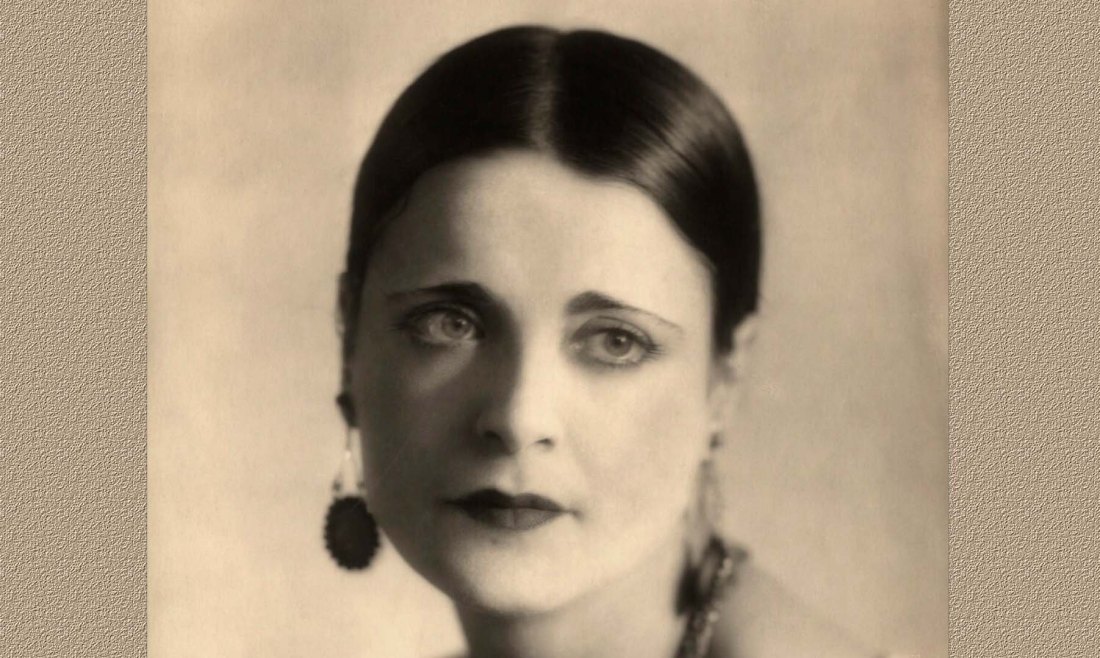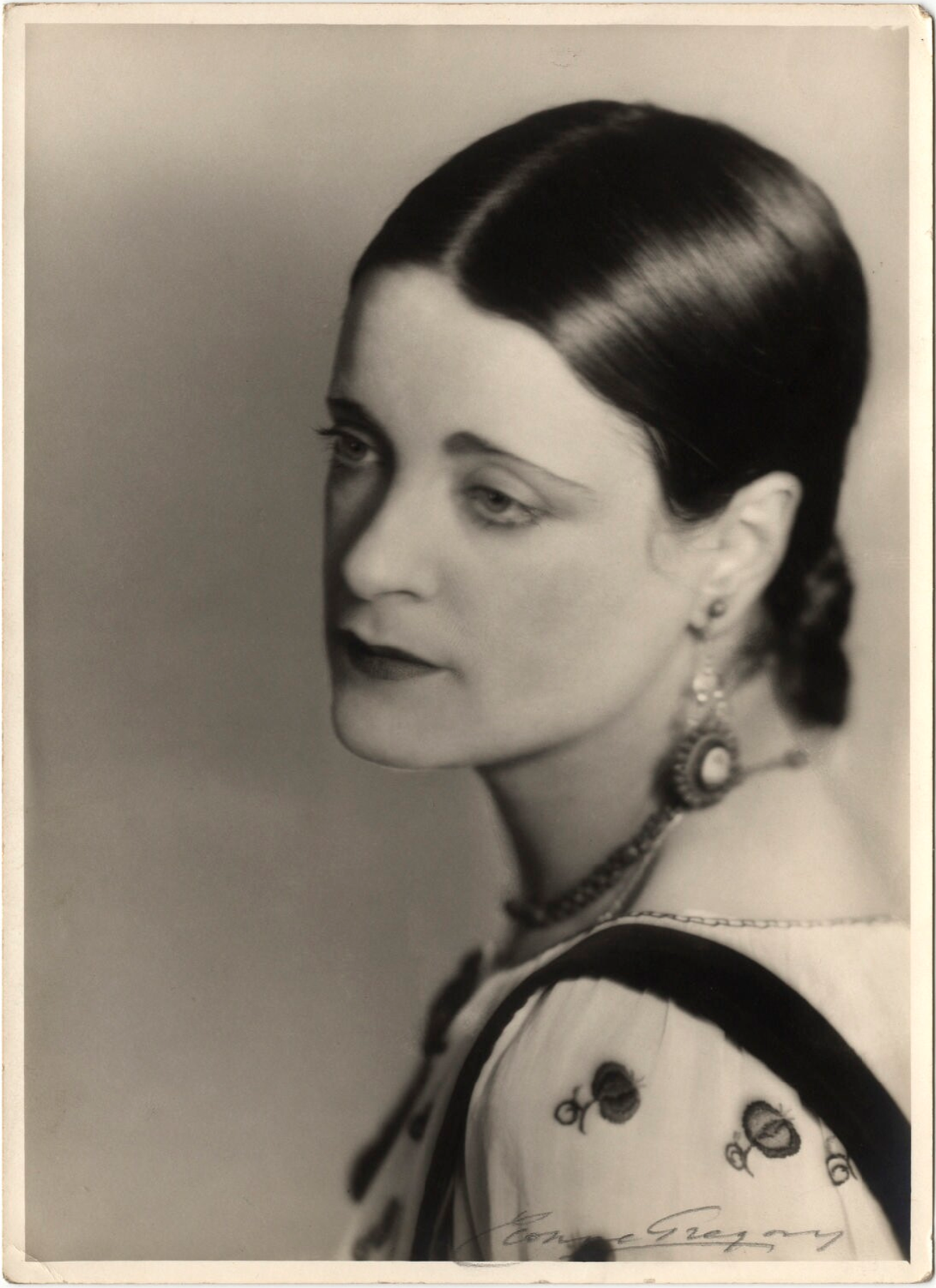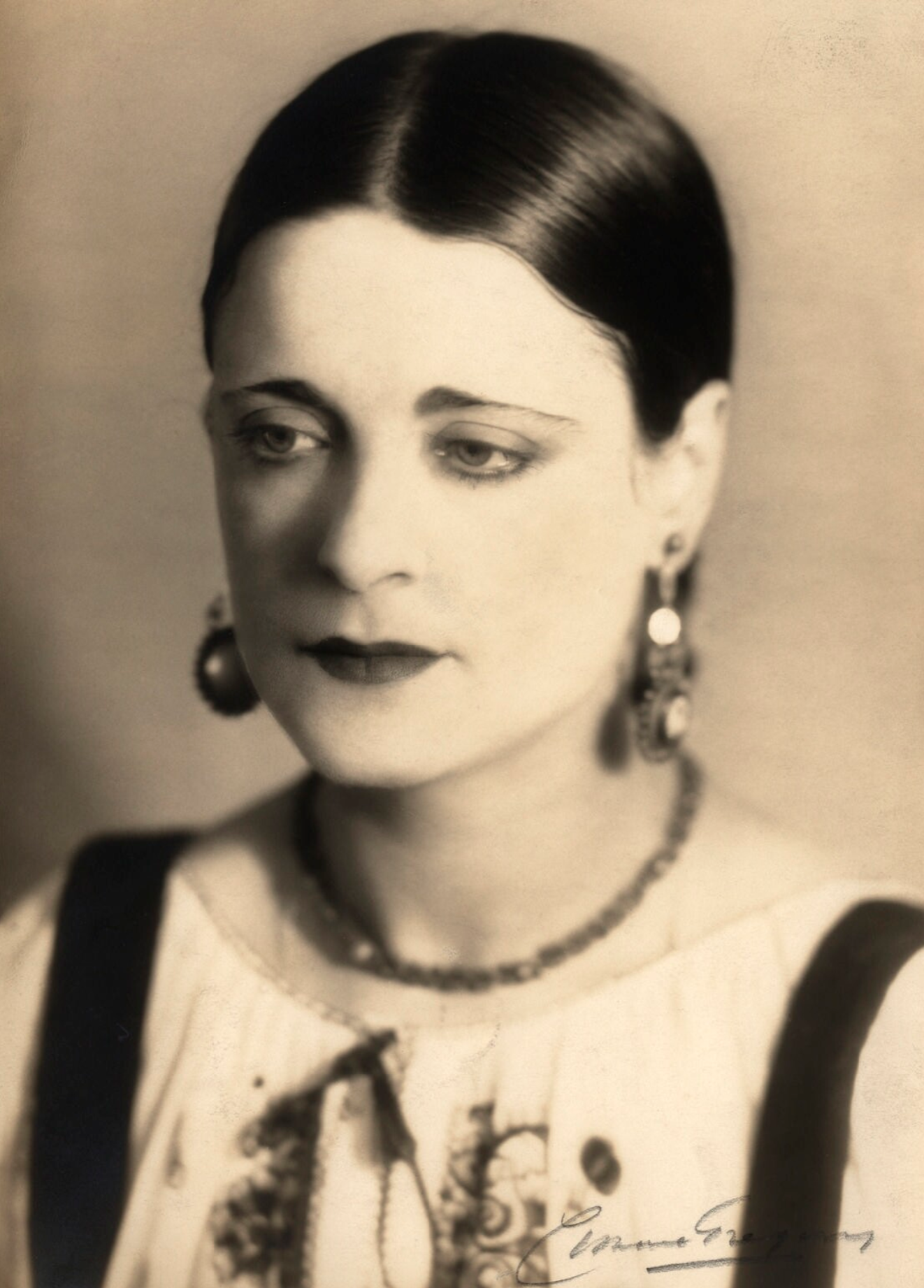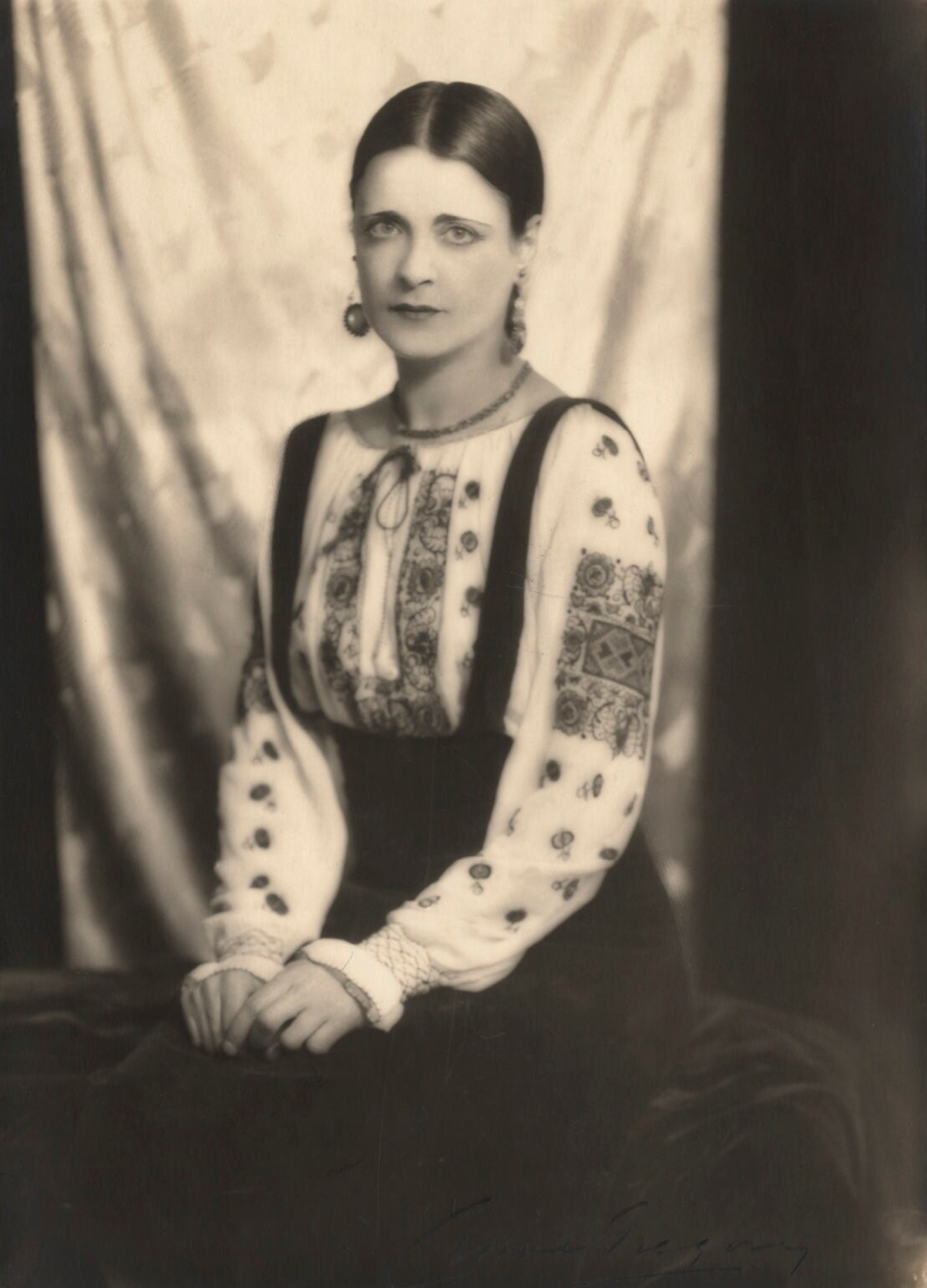An exhibition in the La Boverie Museum in Liège, Belgium, shows the hitherto little-known passion for collecting and love for art of the women of the Rothschild dynasty.
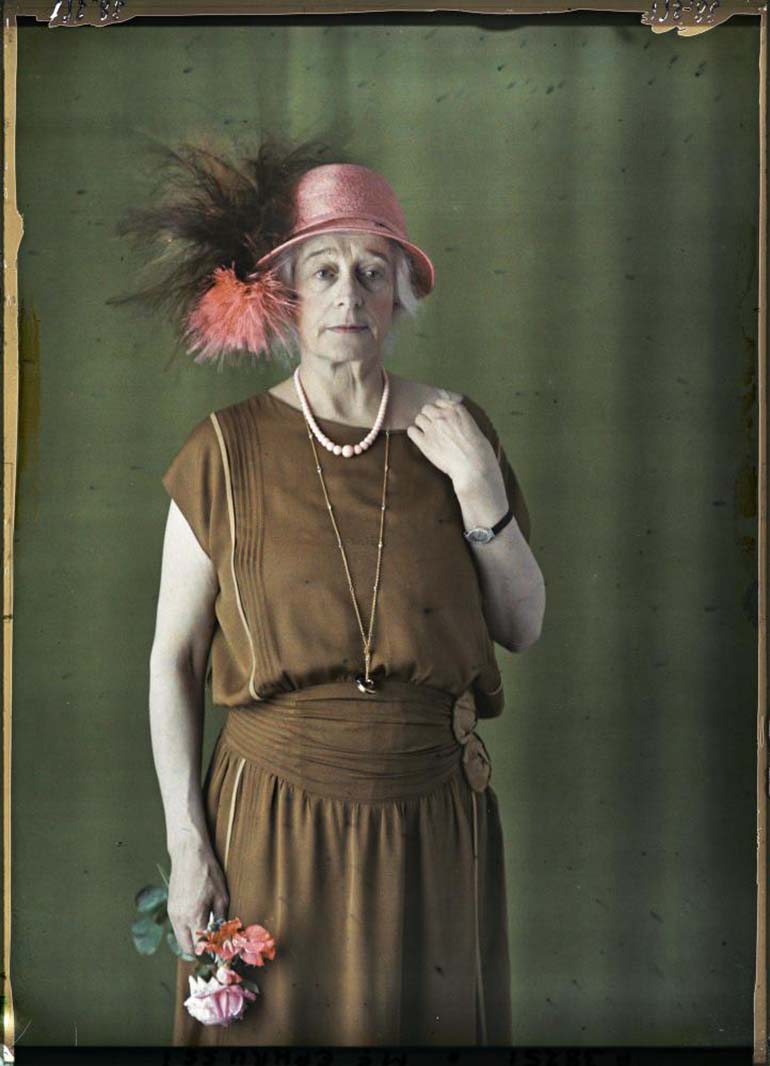
Since the 19th century, the Rothschild name has stood for success in the financial world, but also for intellectual and artistic wealth. The story of the family began in the Jewish ghetto of Frankfurt am Main. It was there that the coin dealer Mayer Amschel (1744-1812) began to rise to become one of the richest families in Europe. “Only” ten of 19 children survived with his wife Gutle Schnapper. While the daughters had no access to the company, the patriarch skillfully placed his five sons in London, Vienna, Paris and Naples, laying the foundation for a widespread family empire that made a name for itself primarily through banking. The financing of states and the granting of loans served as the business model for this. Meanwhile, behind the scenes, women pulled the strings.
Now an unusual exhibition is dedicated to them. In cooperation with the Louvre in Paris, the La Boverie Museum in Liège, Belgium, is presenting nine women from the French branch of the family dynasty who have distinguished themselves as donors, patrons and collectors. The biographies of the women, which are set in the last two hundred years, provide information about the respective Zeitgeist. “Many of the often overlooked Rothschild women were women of talent, spirit and conviction, key figures in cultural life as well as benefactors for numerous museums,” writes Louvre Director General Laurence des Cars in her catalog introduction. They bequeathed more than 130,000 works to French museums through donations or bequests.
A selection of 350 objects from around 30 French institutions and private collections now invites you to take a tour – which in relation to the museum design with artificial turf and false rose bushes sometimes seems kitschy. Paintings by Cézanne, Renoir and Delacroix, sculptures, jewelry and porcelain, furniture, African and Far Eastern art can be seen as well as – rather untypical for women – whistles and matchboxes. The latter were the favorite collector’s items of Alice de Rothschild (1847 Frankfurt/Main to 1922 Paris). You have to know that matches were still something special at that time. They were not industrially manufactured until 1832 and were even taxed in France from 1871 to improve public finances, which had been strained by the Franco-Prussian War. Rothschild’s boxes show decorations as everyday objects, some of which contained frivolous scenes.

Collecting as emancipation
Matchboxes were certainly one of the things that were relatively easy to collect 150 years ago. It was more difficult with art. In the 19th century, women were legally dependent on their father or husband. They had no right to private property. In the household they were responsible for the decoration. For example, James – one of the sons of Mayer Amschel, a star banker in Paris and married to his brother Salomon’s daughter – wrote in a letter: “The wife is an important part of the furniture”. After all, collecting decorative objects enabled women to achieve personal emancipation and at the same time legitimized their social position as patrons. However, more in the background than in public. In the Rothschild clan, the women were often only mentioned in the context of donations and purchases from their husbands, whose knowledge, specialization and profession were in the foreground.
With Alice’s niece, Béatrice de Rothschild (1864 Paris – 1934 Davos), a different type of woman moved into the social focus. Only a year after her separation (1904) from her husband Maurice Ephrussi, a billionaire of Russian descent, Béatrice inherited part of her father’s fortune. Enough to literally build on. The resolute woman in her mid-forties has a villa built in the Renaissance style on the southern French peninsula of Cap Ferrat, which puts everything that has gone before in the shade. She plans facades, gardens and interior design with her own hand and in an authoritarian manner. Standing in the Rothschild tradition, Béatrice is also an eclectic collector. She acquires paintings by French Impressionists and those from the 15th and 16th centuries. In addition, precious carpets, furniture and porcelain objects adorn their new home. In the end, she only lives in the house for a short time. In 1933, she bequeathed it and the art collection to the French Academy of Fine Arts with the desire to set up a museum there. [quoted (partially) from Kunst in Frauenhand – read more on Monopol Magazin]


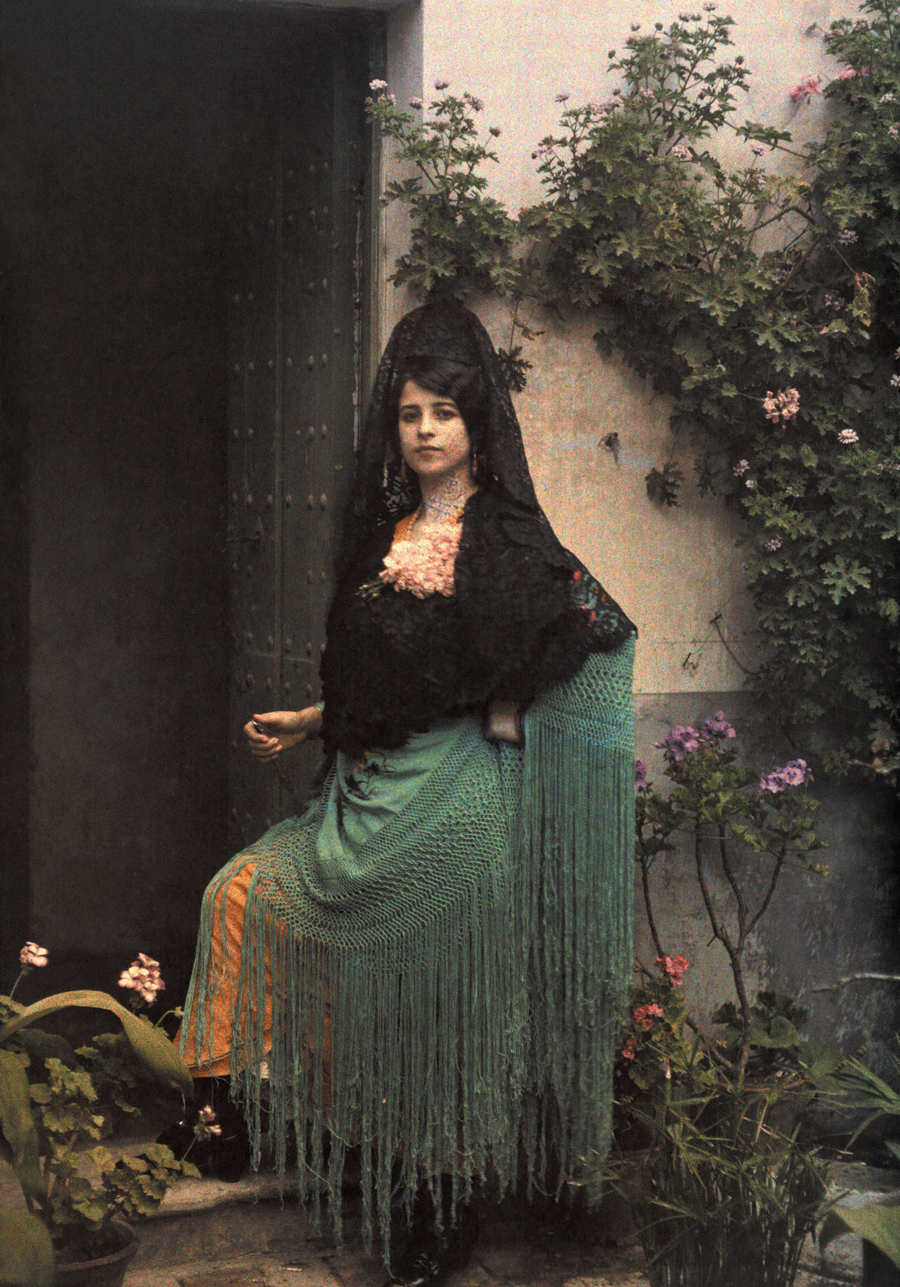

![Karl Struss (1886-1981); Natacha Rambova [production still]; Gelatin silver print; Amon Carter Museum of American Art, Fort Worth, TX](https://unregardoblique.com/wp-content/uploads/2022/06/karl-struss-1886-1981-natacha-rambova-1920s-src-amon-carter-museum-portrait-6.jpg)
![Karl Struss (1886-1981); Natacha Rambova [production still]; Gelatin silver print; Amon Carter Museum of American Art, Fort Worth, TX](https://unregardoblique.com/wp-content/uploads/2022/06/karl-struss-1886-1981-natacha-rambova-1920s-src-amon-carter-museum-portrait-full-length-2.jpg)
![Karl Struss (1886-1981); Natacha Rambova [production still]; Gelatin silver print; Amon Carter Museum of American Art, Fort Worth, TX](https://unregardoblique.com/wp-content/uploads/2022/06/karl-struss-1886-1981-natacha-rambova-1920s-src-amon-carter-museum-portrait-full-length-1.jpg)
![Karl Struss (1886-1981); Natacha Rambova [production still]; Gelatin silver print; Amon Carter Museum of American Art, Fort Worth, TX](https://unregardoblique.com/wp-content/uploads/2022/06/karl-struss-1886-1981-natacha-rambova-1920s-src-amon-carter-museum-portrait-5.jpg)









